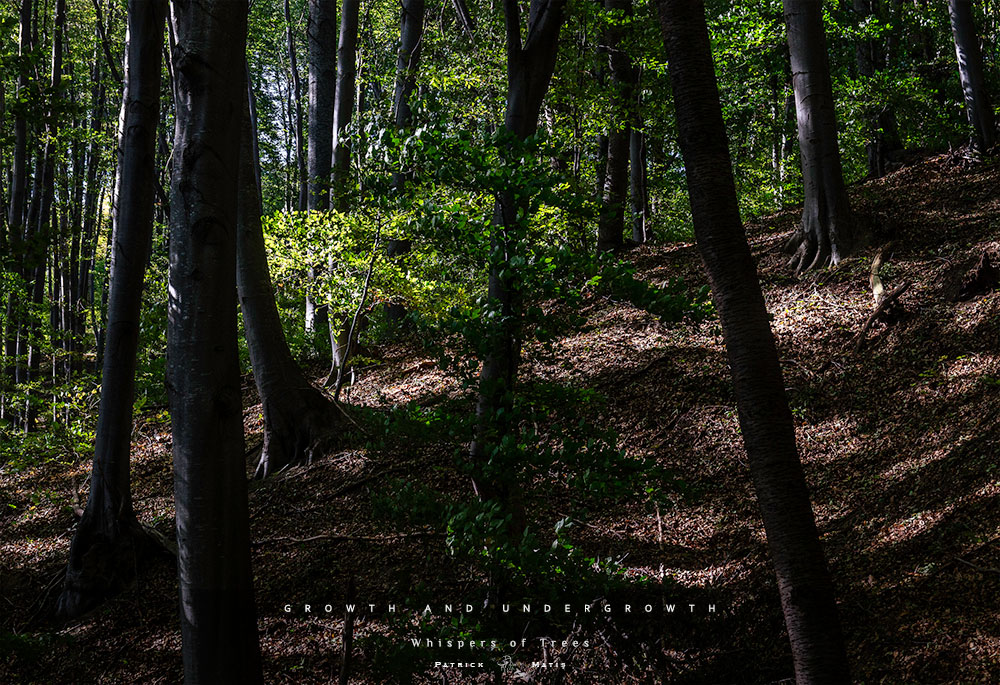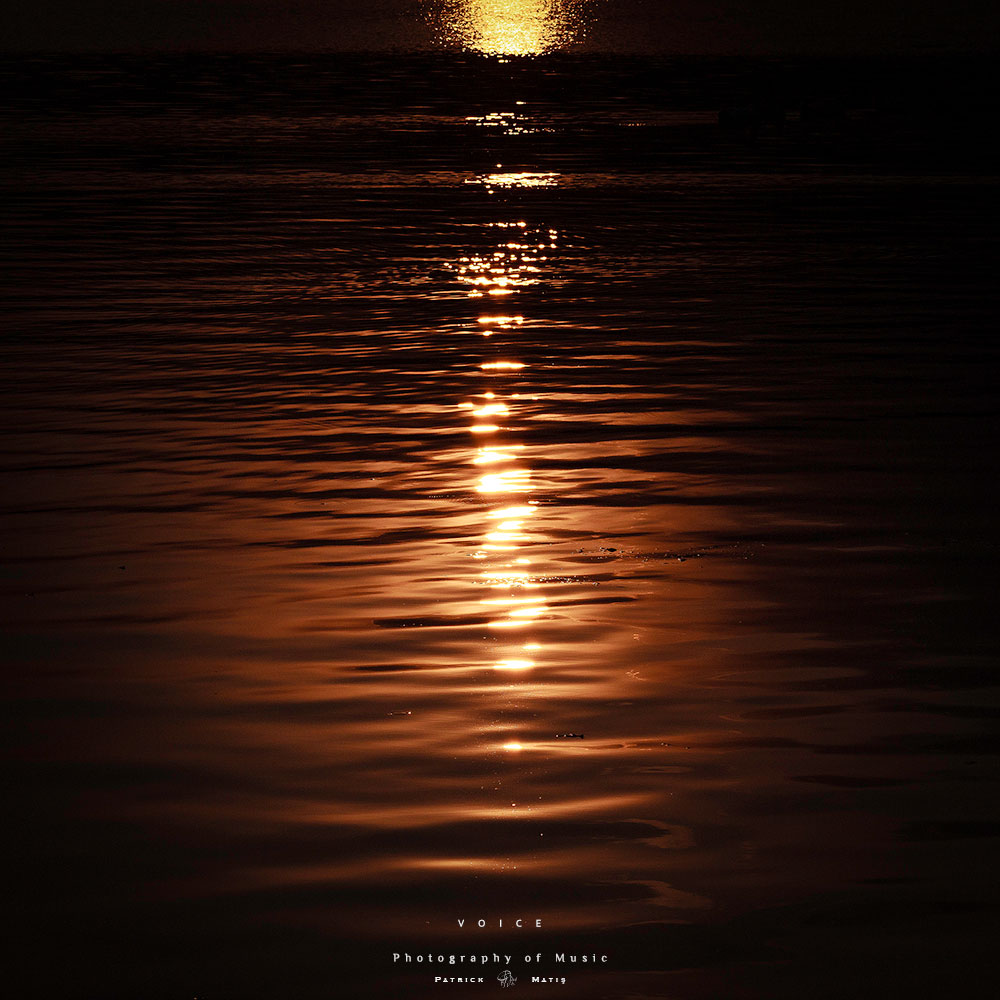Winter Sketches: Is it good to know less?
Last Updated on August 1, 2016 by Patrick
Minimalism isn’t emptiness for the sake of emptiness; but rather making room to move freely, think clearly and open yourself to the beauty and wonder of life.
Francine Jay
I’ve progressed in the last two years of photography practice and I’ve noticed a growth in how I do photography, starting with shooting less, however paradoxical this may be, and also understood that shooting less is a new way of shooting more. Quite confusing, isn’t it? :)
Well, I am referring to the fact of being more focused on what’s necessary to shoot for myself. Every practitioner of photography should know this by now, that you choose the subject and it chooses you according to what you like, what you are attracted to out there.
Winter is a season of decluttering crowdy spaces and busy times. I think that is also, both in a metaphorical and in a direct way of speaking, a season of mindfulness, concentration, contemplation, meditation. Everything seems to be silenced down and there is less activity out there. Also, in our minds there is more focus and so we are mindful again. This is a natural way of being.
 I think white is the predominant hue in most minimalist art works, especially in photography. I can’t explain to you, but white gives me, as well as black, a sense of empty space. Putting your mind in white is actually the opposite. The mind is not mindful, but mind full, or full of thoughts eager to get out, to escape the prison of shutting up. It’s not the winter of our mind, though, but rather a calm before the storm.
I think white is the predominant hue in most minimalist art works, especially in photography. I can’t explain to you, but white gives me, as well as black, a sense of empty space. Putting your mind in white is actually the opposite. The mind is not mindful, but mind full, or full of thoughts eager to get out, to escape the prison of shutting up. It’s not the winter of our mind, though, but rather a calm before the storm.
 And white should be the canvas of less work, right? Actually, no. Is the hue of concentration because in white all the other colors are focused, are cluttered, and this gives just a false sense of empty space. It’s not empty, but full. ;)
And white should be the canvas of less work, right? Actually, no. Is the hue of concentration because in white all the other colors are focused, are cluttered, and this gives just a false sense of empty space. It’s not empty, but full. ;)
White is also very hard to work with in any kind of visual artform, including in photography. It is very difficult to texture without destroying its actual sense of whiteness. That is why the whiteship of any graphical form is very difficult to control in post-production also, without exagerating the contrasts of the entire image. But what is wrong with retrieving the contrast in an image based on white and less other hues, or shades, or tonalities? Nothing. It is just a way of refining it without damaging the whole image, the whole picture. :)
But I have progressed in the last two years of practice. I now work the shots more and come up with less than I used to. Only a few meaningful compositions are the keepers in my memory card and this is not something lesser than worthy, but rather of more value. Having less images to work with, helps me contemplate them more. :D








Leave a Reply
Want to join the discussion?Feel free to contribute!